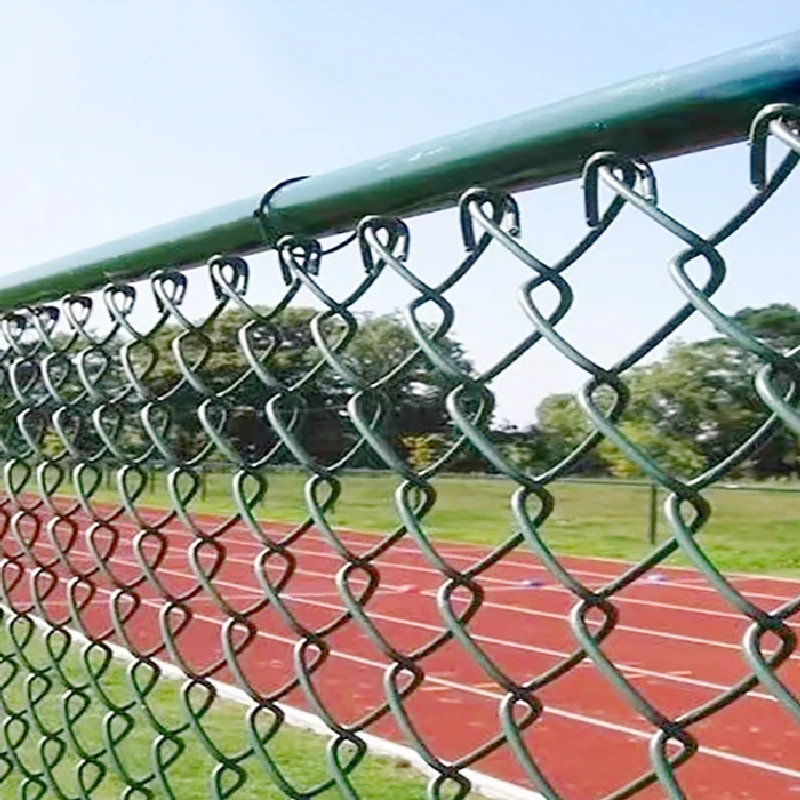Dec . 03, 2024 17:31 Back to list
erecting stock fencing
Erecting Stock Fencing A Comprehensive Guide
Stock fencing plays a vital role in livestock management, serving not only as a physical barrier but also as a crucial element in maintaining the health and security of your animals. Whether you're a seasoned farmer or a novice, erecting stock fencing can seem like a daunting task. However, with the right approach and tools, it can be achieved efficiently and effectively.
Understanding Stock Fencing
Stock fencing is designed to contain livestock such as sheep, cattle, and horses within a designated area. It prevents animals from straying into unwanted territories, protects them from predators, and safeguards crops from grazing. The type of fencing you choose will depend on various factors, including the type of livestock you own, the terrain of your property, and your budget.
Choosing the Right Materials
The first step in erecting stock fencing is selecting the appropriate materials. Common options include
- Wire Fencing This is the most popular choice due to its durability and cost-effectiveness. Barbed wire and high-tensile wire are commonly used for larger livestock, while woven wire can effectively contain smaller animals like sheep.
- Wooden Fencing While more expensive, wooden fencing offers aesthetic appeal and can be very sturdy. It often requires more maintenance due to weathering.
- Electric Fencing This is an effective deterrent for animals that are more prone to escape. It can be combined with other fencing types for added security.
Planning and Measurement
Before beginning the installation, proper planning is essential. Start by mapping out the area where you wish to erect the fence. Consider the layout of your land, existing trees, and any natural barriers that might affect the fencing. Measure the length of the intended fence and mark the corners with stakes. This will help in getting a clear visual of the boundary.
Setting Posts
erecting stock fencing

The next step is to set the posts, which provide the structural foundation for your fence. Depending on the type of fencing, posts can be made of wood, metal, or even large stones.
1. Post Dimensions Typically, use posts that are at least 6-8 feet tall when installed. 2. Spacing Aim for posts to be spaced about 8-12 feet apart to ensure stability. 3. Installation Dig holes about 2-3 feet deep for each post, ensuring they are positioned vertically. Fill the holes with concrete for added strength, particularly in areas with adverse weather conditions.
Attaching the Fencing Material
Once the posts are securely in place, the next step involves attaching the fencing material.
- For wire fencing, unroll the wire along the line of posts, ensuring it is taut before securing it to each post using staples or ties. - For wooden or electric fencing, follow the manufacturer's instructions for proper installation techniques.
Final Touches
After the fencing material is securely attached, take time to check for any gaps or weaknesses. Inspect the entire fence line for stability and make any necessary adjustments. Adding gates at strategic entry points can enhance functionality, allowing easy access for livestock management.
Maintenance Tips
Once the stock fencing is up, regular maintenance will ensure its longevity. Check for rust on wire or damage to wooden posts, and make necessary repairs to prevent animals from escaping or getting injured.
Conclusion
Erecting stock fencing is an investment in the safety and well-being of your livestock. By selecting the right materials, planning carefully, and executing the installation thoroughly, you can create an effective barrier that will serve your farm for years to come. With a commitment to maintenance, your stock fencing will remain a reliable part of your livestock management system, ensuring peace of mind for you as a farmer.
-
Reinforcing Mesh: Core Material of the Construction Industry
NewsJul.07,2025
-
Welded Wire Fabric Reinvented for Modern Projects
NewsJul.04,2025
-
Superiority of Stainless Steel Woven Mesh
NewsJul.04,2025
-
Key Types of Razor Wire and Their Applications
NewsJul.04,2025
-
Durable Metal Fence Types for Security
NewsJul.04,2025
-
Best Materials for Livestock Fence
NewsJul.04,2025
products.







